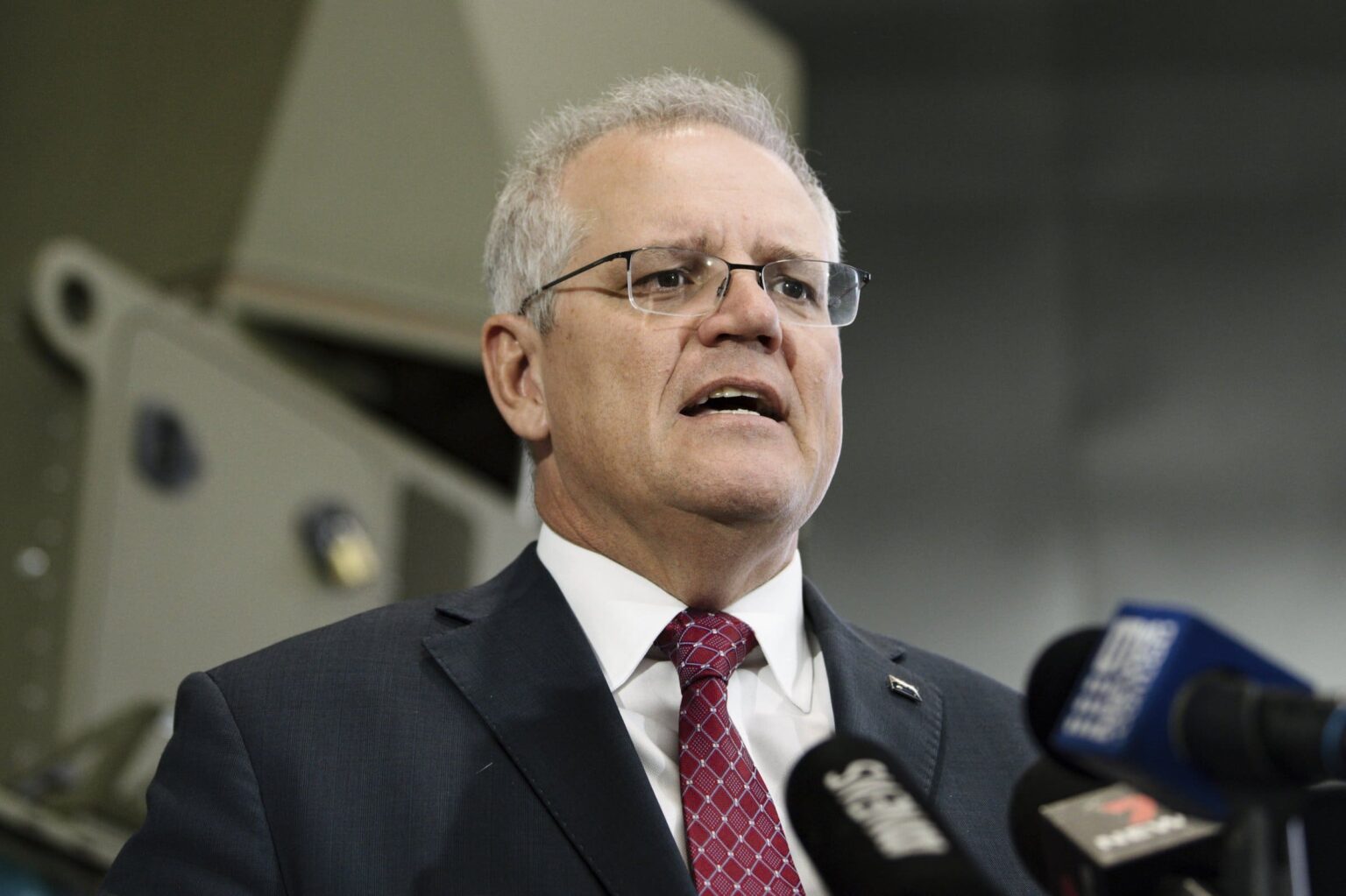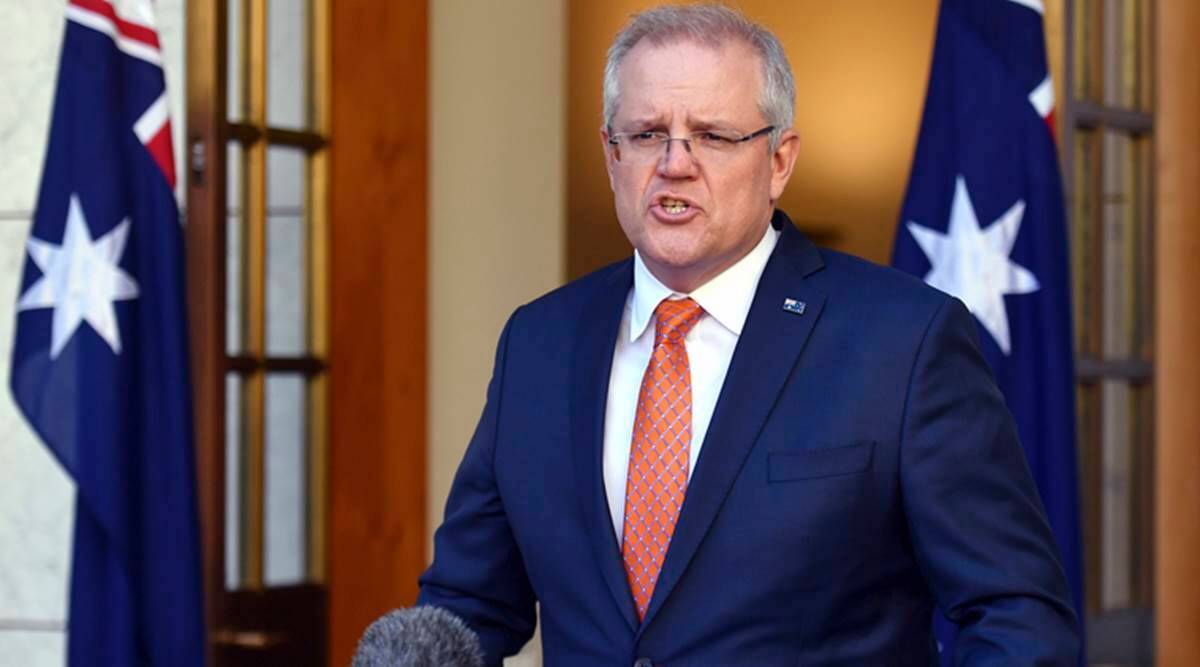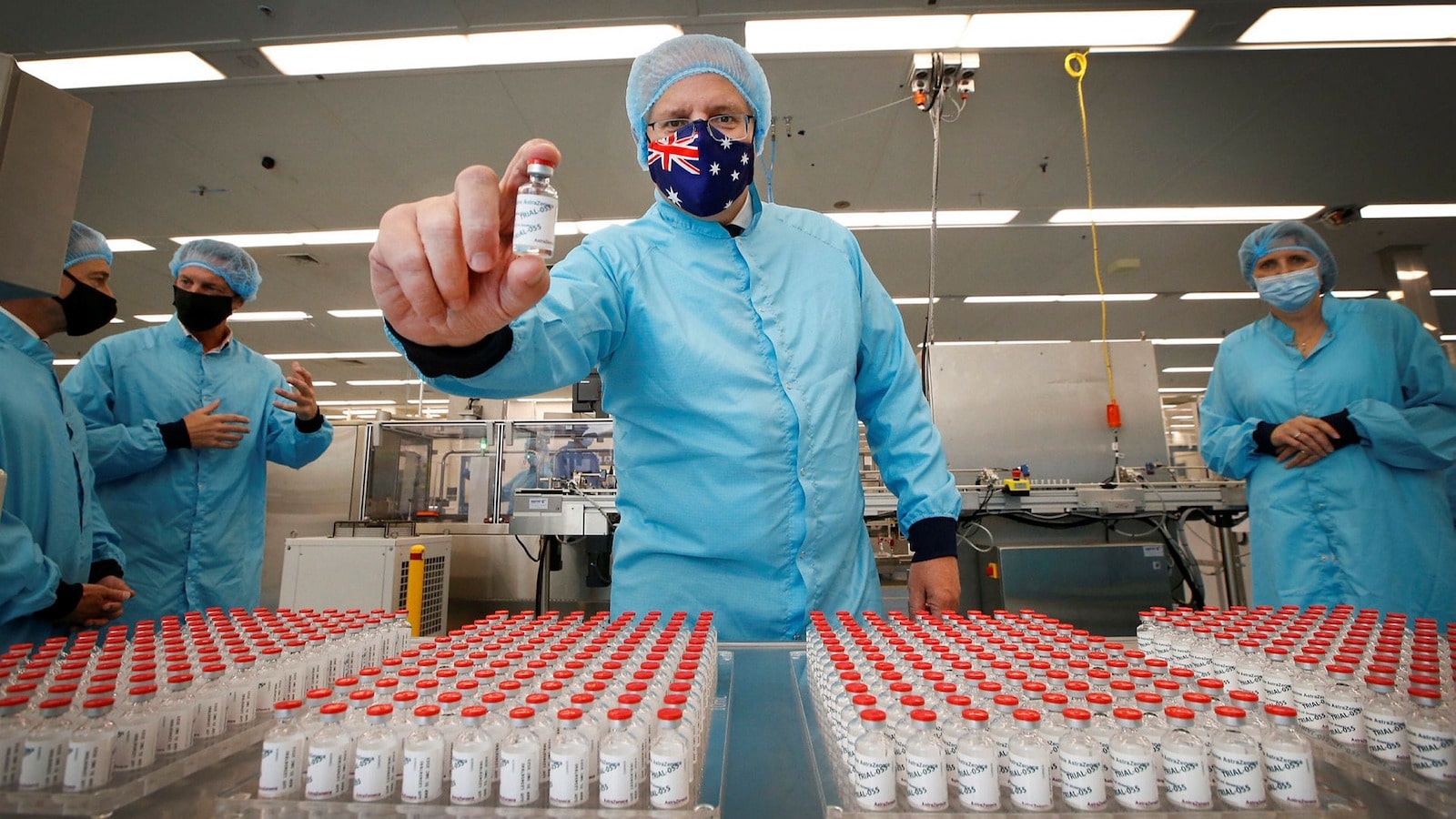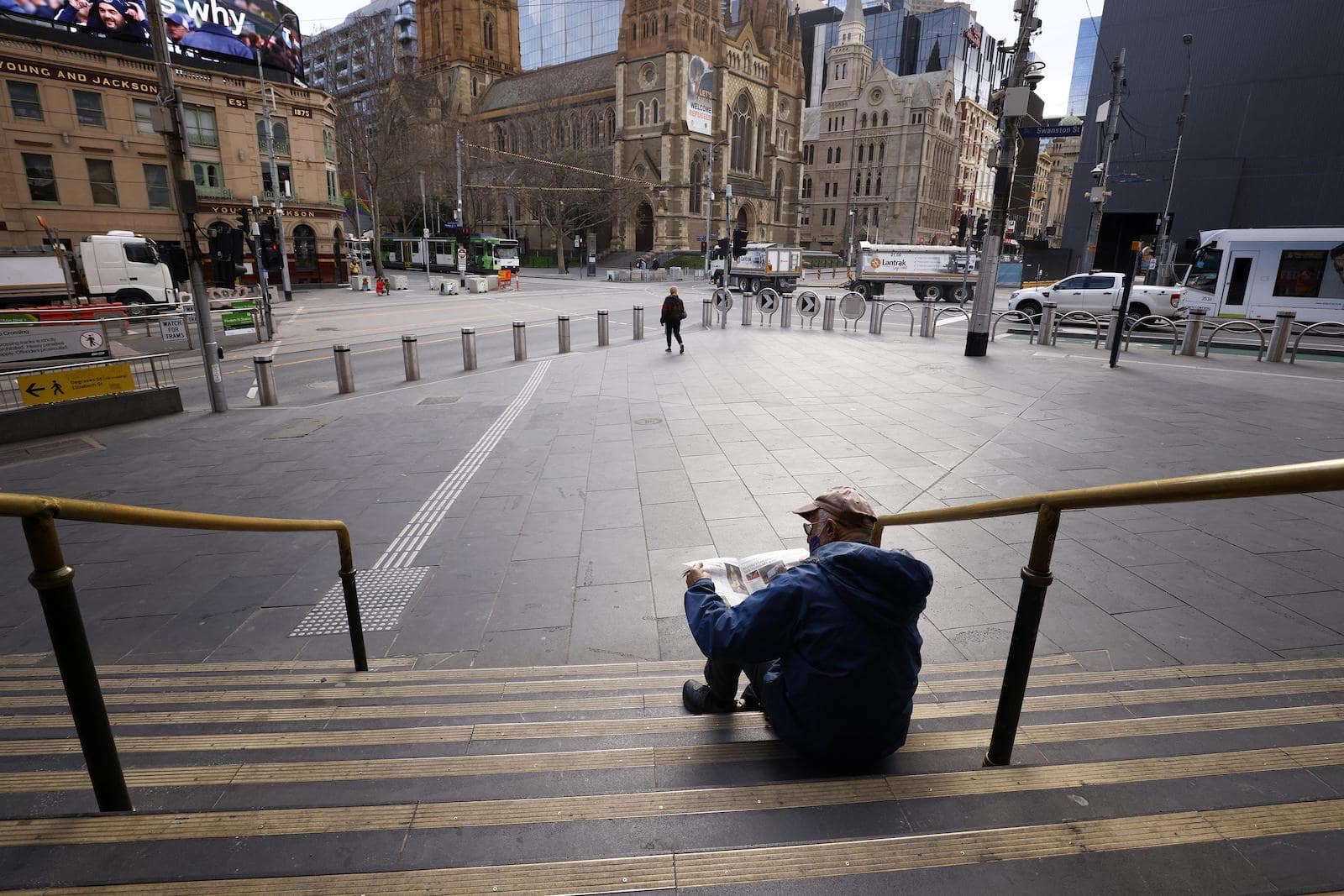
Is Australia finally free of its never-ending lockdown?
After what was a controversially strict lockdown, Australia will reopen its borders next month. Although the country has been applauded for suppressing COVID-19, many have argued that the separation of Australian families was too severe. Now, Prime Minister Scott Morrison has announced that families won’t have to wait much longer.
Australia will reopen its international border starting in November. This new freedom only applies to vaccinated citizens & Australian residents. Ever since March 2020, Australia has implemented some of the world’s most rigid lockdown policies. The country had even banned residents from leaving Australia.
As vaccination rates are rising, Australia’s lengthy lockdown is coming to a close. Learn how the country is gearing towards living with COVID-19 rather than fighting it.

Australia’s Prime Minister announces reopening
In a press conference on Friday, Prime Minister Scott Morrison announced that people will soon be eligible to travel once their state’s vaccination rate reaches 80%.
“It’s time to give Australians their lives back,” Scott Morrison said.
Scott Morrison explained that lockdown travel restrictions will be dropped for fully vaccinated Australian citizens and permanent residents. The individuals will be able to leave and return to the country without requiring permission.

Morrison added that lockdown restrictions for international students, skilled migrants, and eventually tourists would be lifted later. He reported that such updates could happen either next year or even sooner for some of the groups listed. The Australian government reassured that it was working “towards welcoming tourists back to our shores”.
Prime Minister Morrison also detailed that Australia’s mandatory fourteen-day hotel quarantine – which costs each traveler A$3,000 ($2,100) – would be substituted by seven days of home quarantine for vaccinated Australians or permanent residents. Unvaccinated travelers must still quarantine for fourteen days in hotels.

Vaccination rates in Australia
Within weeks, large parts of the country will move to Phase B of Australia’s National Plan (70% double-dose) and then on to Phase C (80% double-dose). Morrison said the travel restrictions will be removed in states & territories once they reach Phase C of the National Plan.
“We’ve already got the technology and the other things in place that will support the states being able under Phase C of the plan, to enable their residents and citizens to leave the country and return,” he said.
Unvaccinated Australians would still have to follow lockdown restrictions even when the 80% threshold is reached. This includes being required to quarantine in government hotels and a limit on how many are permitted to return to Australia.

New South Wales, which includes Sydney, is on course to be the first state to cross the 80% threshold, in just a few weeks. Meanwhile, Victoria, containing Melbourne, is not far behind.
However, states such as Queensland & Western Australia have decided to keep their borders closed until vaccine rates are even higher. These states have managed to maintain COVID-19 rates at or near zero, after closing their borders to states with infections.

Families ready to reunite
These vaccination goals are also part of Australia’s larger plan to end their lockdown and “live with the virus”. Sydney, the site of Australia’s main airport, is due to come out of a thirteen-week lockdown on October 11th.
Tim Soutphommasane, an academic & former Australian race discrimination commissioner, told AFP news agency Australia had become a “fortress nation with the drawbridge pulled up to the rest of the world.”
“What we’re seeing now with this announcement of borders being reopened is akin to Australia re-entering the world, and it’s long overdue,” he added.

Australian families have rejoiced at the news considering many have been separated since the eighteen-month lockdown began. This announcement marks Australia’s first step back into the global landscape.



